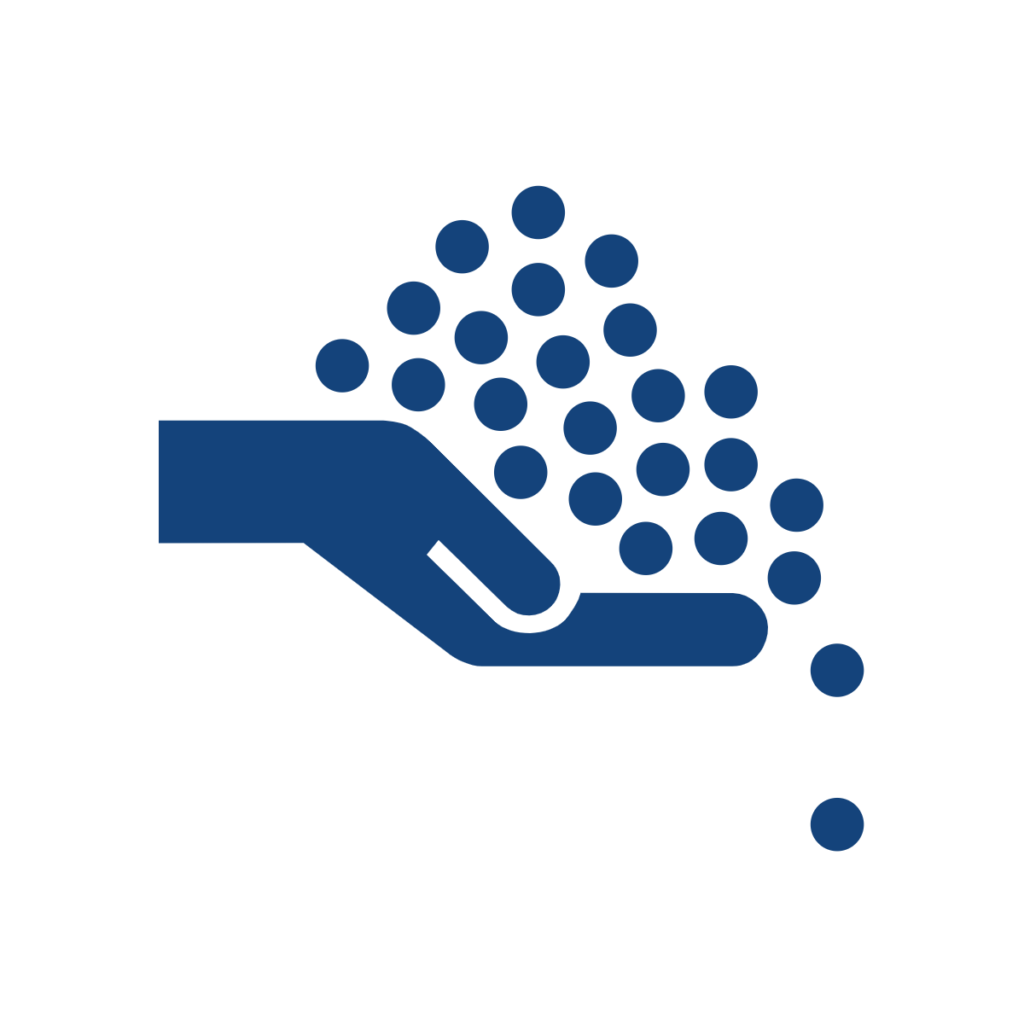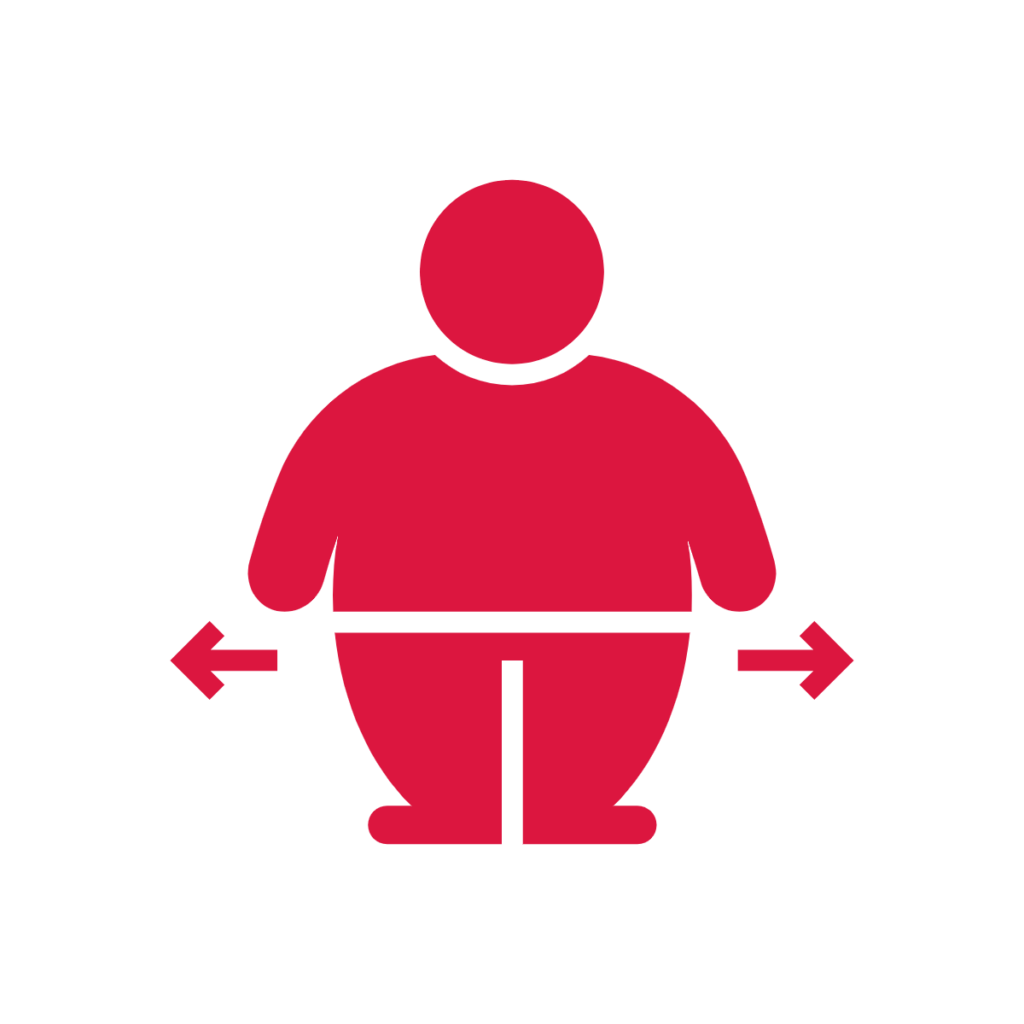Meeting Emerging Nutrition Data Needs in DHS-8

Nutrition is central to the health, well-being, and economic development of individuals, communities, and nations. Comprehensive and credible data are needed to capture the current state of nutrition and track the implementation of nutrition interventions. The DHS Program is a leading source of nutrition data in low and middle-income countries.
The DHS Program has standard Model Questionnaires, updated every 5 years, which form the basis for the data that are collected in each country. In 2019, we underwent a rigorous process to update the questionnaires for DHS-8. A total of 89 nutrition-related questions are now in the Woman’s Questionnaire, up from 54 questions in DHS-7.
The DHS-8 questionnaires meet several current and emerging nutrition data needs which can be used to track progress and inform national and global decisions on nutrition policies and programs. This week we are highlighting the new and revised nutrition questions in DHS-8.
These new and revised questions strengthen the nutrition portfolio in DHS surveys, filling major data gaps and enhancing countries’ ability to address malnutrition in all its forms.
Click the icon below to view the new nutrition information by topic:









Click the life cycle below to view all nutrition data collected in DHS surveys:

When will updated nutrition data be available?
The DHS-8 Model Questionnaires will be ready for use in surveys with fieldwork starting in late 2020 with data released starting in late 2021. In the meantime, The DHS Program will:
- Translate the questionnaires
- Revise training manuals and materials
- Develop an adaptation guide for questions which require country-specific adaptation, such as infant and young child feeding and minimum dietary diversity for women
- Create data processing applications
- Define indicators, design table templates, and draft report templates
- Pilot select new questions, modules, and alternative approaches for entering data in CAPI
The status of DHS surveys can be found here.
Visit The DHS Program website and subscribe to The DHS Program Nutrition eNewsletter for more nutrition updates in The DHS Program. You can also join the Data for Nutrition Community of Practice as a free, online platform for more nutrition resources.
Featured Image: © 2017 Riccardo Gangale, USAID, Courtesy of Photoshare.


nice
The revised / updated nutrition related questions included in DHS questionnaires will certainly guide countries (national and sub-national levels) to address emerging challenges related to malnutrition (excess-overweight and obesity). Likewise the possibility of tracking cash transfers will be of utmost importance